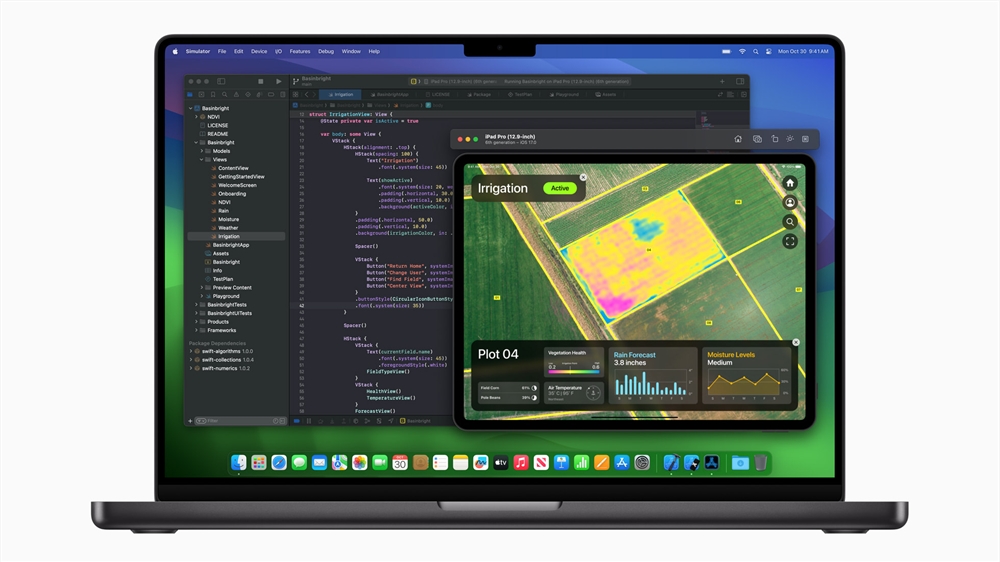AI Programming Tools Embrace Terminal Interfaces, Signaling Major Shift
AI Programming Tools Transition to Terminal Interfaces
Recent advancements in artificial intelligence are fundamentally altering how developers interact with programming tools. Where AI-powered code editors like Cursor and GitHub Copilot once dominated, a new paradigm is emerging: terminal-based AI assistants that operate directly within command-line environments.
The Terminal Renaissance
The command-line interface (CLI), long considered a relic of early computing, is experiencing a resurgence through AI integration. While modern IDEs offer sleek graphical interfaces, terminals provide unmatched system-level access that AI systems can leverage for complex development tasks.

Major AI labs have accelerated this shift:
- Anthropic released Claude Code (February 2025)
- DeepMind launched Gemini CLI (March 2025)
- OpenAI introduced CLI Codex (April 2025)
These tools have quickly gained traction among enterprise developers, with adoption rates exceeding projections by 40% according to industry reports.
Performance Paradigm Shift
Traditional metrics for evaluating coding assistants focused narrowly on GitHub issue resolution. The new generation of terminal tools adopts broader benchmarks through platforms like Terminal-Bench, which tests capabilities including:
- Reverse-engineering compression algorithms
- Linux kernel compilation from source
- Complex DevOps pipeline management
"We're seeing terminal-based AI handle tasks that would stall graphical IDEs," notes Mike Merrill of Terminal-Bench. "The throughput gains are particularly noticeable in system-level operations."
Challenges for Traditional Editors
The transition hasn't been seamless for established players:
- Windsurf AI underwent three acquisitions in 2024
- Cursor Pro users experienced 20% slower task completion despite perceived efficiency gains (METR study)
- Plugin architectures struggle to match native terminal integration
Warp has emerged as an early leader in the space, topping Terminal-Bench rankings with its AI-enhanced terminal. Founder Zach Lloyd observes: "The terminal eliminates abstraction layers that hinder true system understanding - it's where serious development happens."
Future Outlook
While current implementations still have limitations, industry analysts predict:
- 95% of LLMs will adopt terminal-style interaction by 2030 (Terminal-Bench projection)
- DevOps integration will become the primary use case for coding AIs
- Hybrid tools will bridge GUI and CLI workflows during transition periods
The shift represents more than interface preference - it signals AI's evolution from coding assistant to full-stack development partner.
Key Points:
- Major labs now prioritize CLI-based coding tools over traditional editors
- Terminal interfaces enable broader system access than GUI-based alternatives
- Performance benchmarks reveal significant efficiency gains in complex tasks
- Industry experts predict terminal interaction will become the LLM standard
- Transition creates opportunities for new players like Warp while challenging incumbents